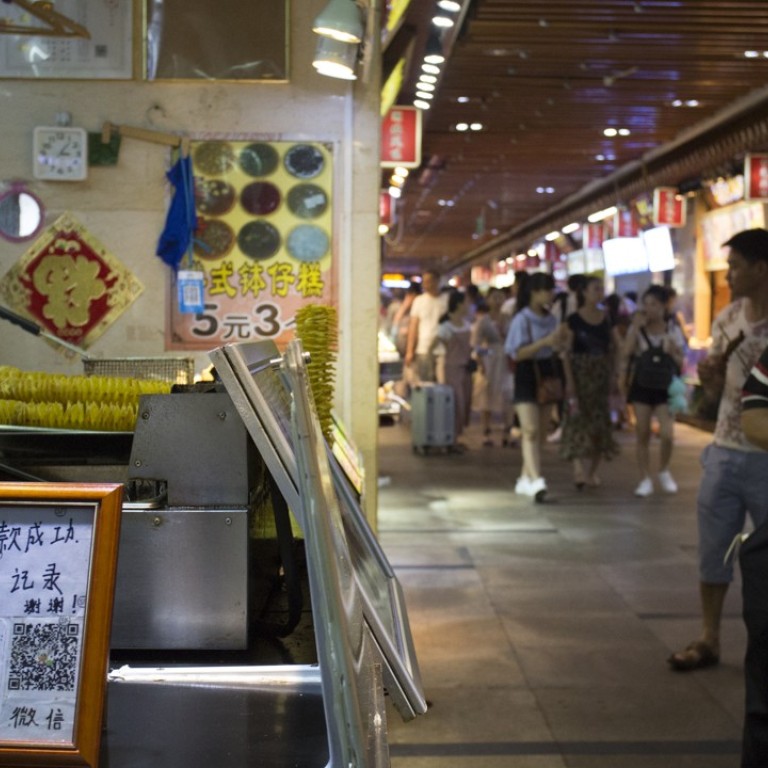
China’s mobile payment systems put to the test on a cash-free day out in Shenzhen
Armed with a Chinese bank account, some ID and a smartphone, we test out the city’s cashless system, taking cabs, visiting markets, eating in a restaurant and using mall toilets using WeChat Pay and Alipay mobile payment systems
Two hundred yuan (30 US dollars, HK$235) for a SIM card with one gigabyte of data. “It’s a really good deal,” the salesman reassures us. We are in the southern Chinese city of Shenzhen and about to spend a day there without a cent in hard cash. But first, we need that mobile data – an absolute essential, second only to a smartphone.
“Later you can just top it up online,” the salesman adds. I hand him two crumpled 100 yuan banknotes to pay for the SIM card. That is the last time I will use cash during my time in the city, a hotbed of innovation nicknamed China’s Silicon Valley.
With more people opting to pay for goods and services using their smartphones, the idea of a cashless society has become a hot topic. But how do mobile payments work in reality?
Alibaba and Tencent kick off cashless payment promotions
I had already made an earlier visit to the city to open a Chinese bank account. Now that I’m back, I need to set up phone “e-wallets” for China’s two most popular mobile payment systems (MPS): WeChat Pay, owned by Tencent, and Alipay, owned by the Alibaba Group (which also owns the South China Morning Post).
The Chinese government enforces real-name registration, so I must verify my identity using an official document – in this case, my home return permit – and link the e-wallet to my new bank account. The staff at the bank where I set up my account complete the entire activation process for me, making things a lot easier.

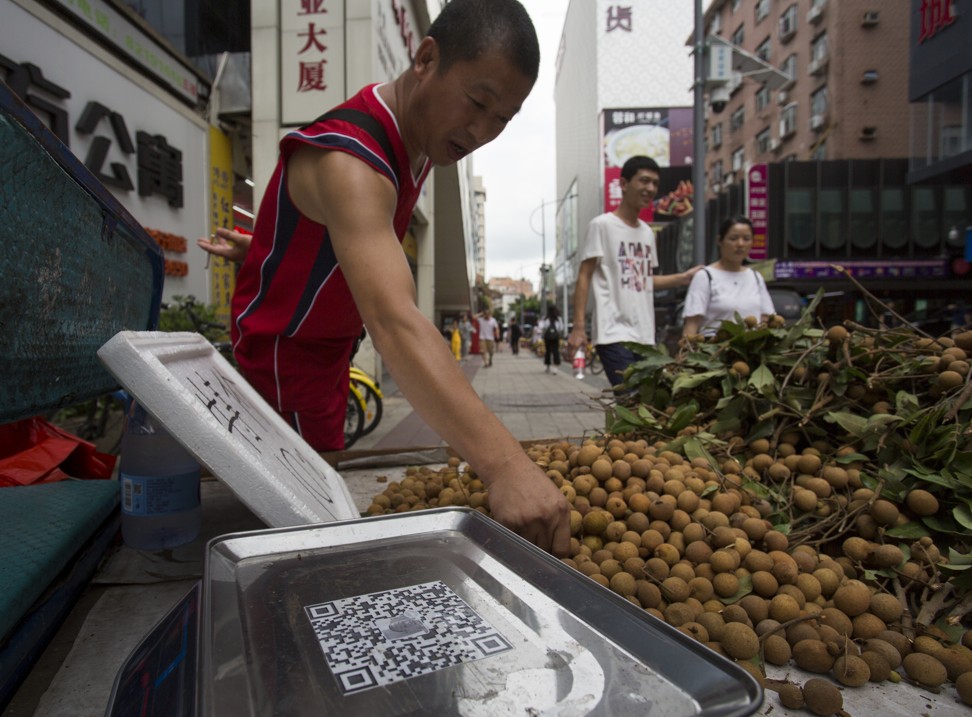
We head to Dong Men Ding Plaza, a three-storey mall filled with stalls selling street food: rice-stuffed chicken wings, grilled skewers, boiled crayfish, crabs, you name it. Here, cash used to be king, but no longer.
It is still early, and the stalls are just opening. We see that some vendors place their QR codes on the counters, others stick them on the wall, or wear them as a badge on their chests. Transactions are completed with a few taps on the phone, and even the elderly vendors have got on the bandwagon.
I’m eager to try it myself, but then I notice a cleaner picking dead cockroaches off the floor using her bare hands so decide to spend my money somewhere else.
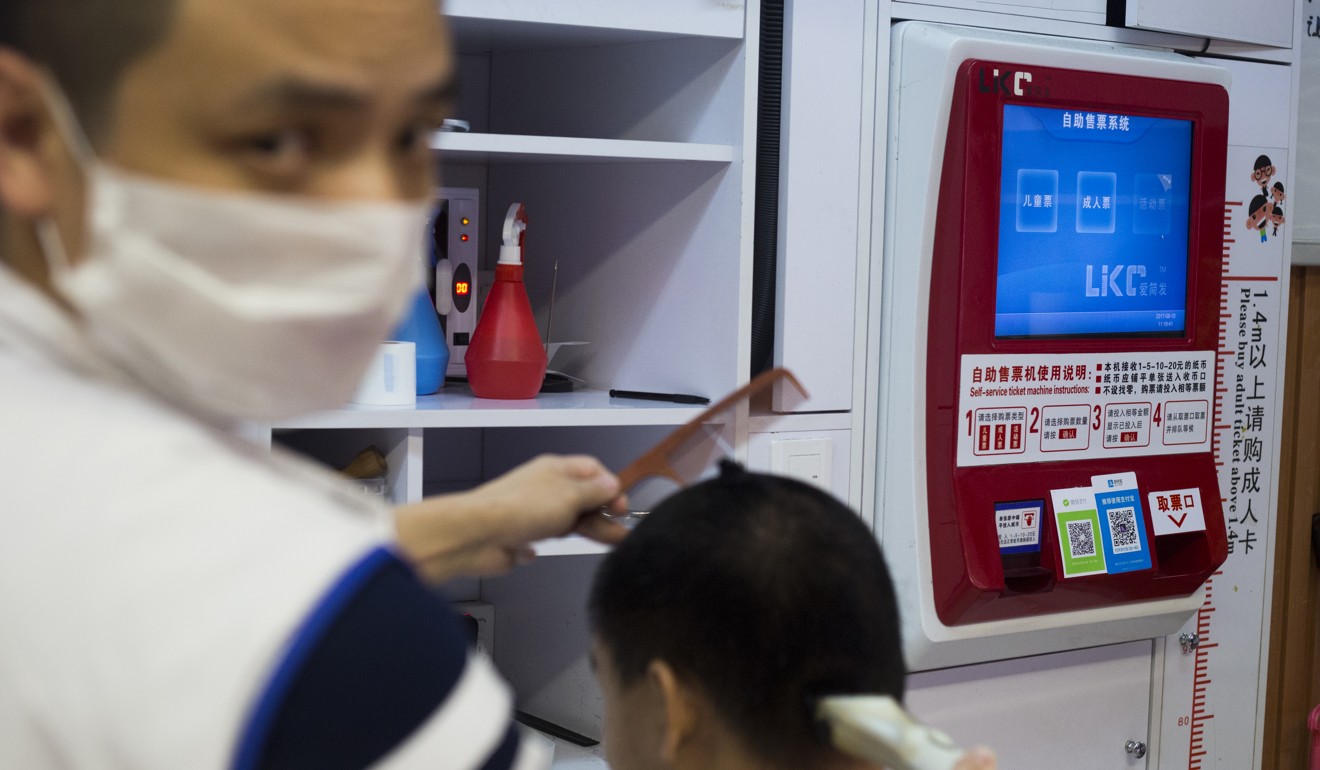
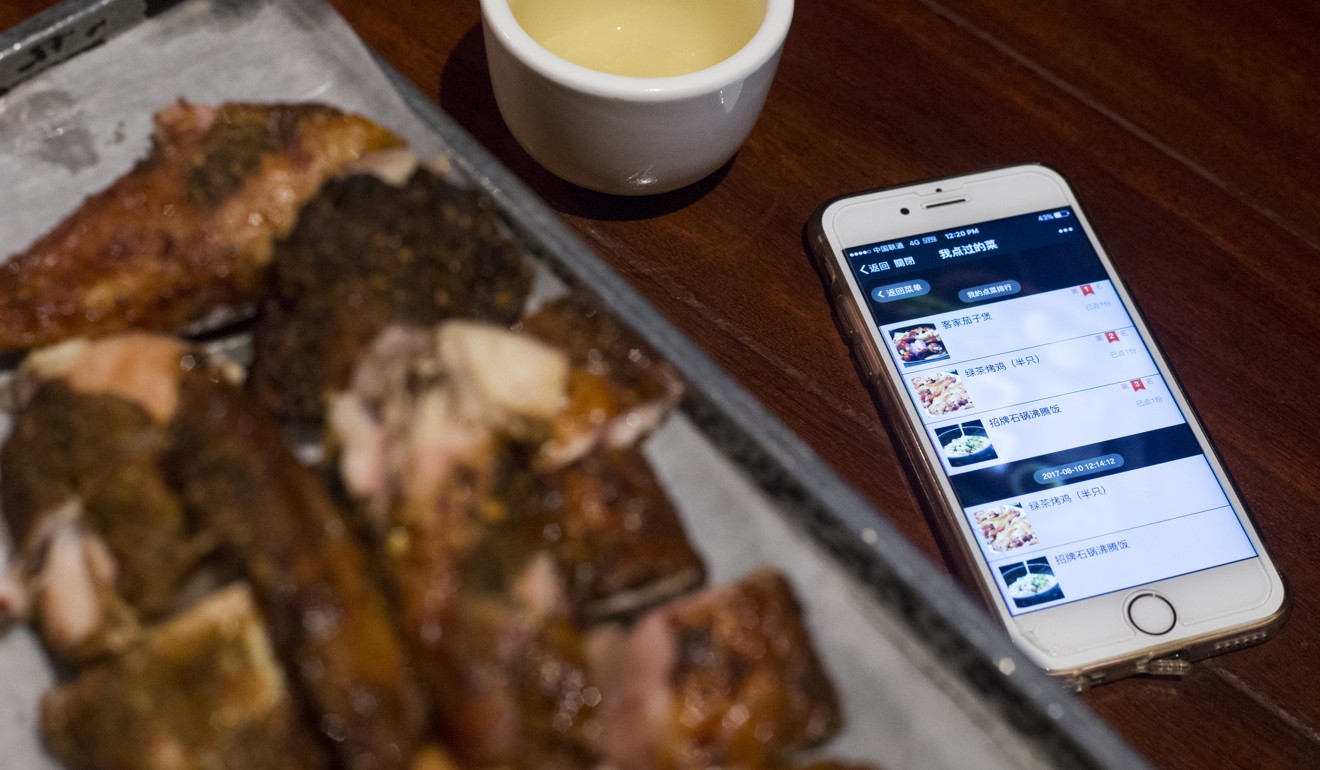
Besides taxis, we see MPS also being gradually rolled out across all forms of public transport in Shenzhen. In July this year,four bus routes began accepting mobile payments. For the subway system, most passengers still use TransCard – the Shenzhen version of Hong Kong’s Octopus prepaid smart card ; however, the card can be topped up through both the Alipay and WeChat Pay apps. For some services, such as renting a bicycle from a bike-sharing scheme, paying digitally is the only option.
There are some drawbacks to MPS, though. There are glitches. At a gaming arcade we visit, there is a discount on tokens bought using Alipay. But when we scan the QR code at the token booth, an error message keeps popping up. A member of staff at the arcade, wearing a vest bearing the name Alipay, merely shrugs. We call Alipay’s customer services hotline for help, only to be told that our account should be working fine.
We use the WeChat Pay app to scan the QR codes on the individual gaming machines. This takes us to the arcade’s webpage, where we finally buy a “bag” of digital tokens. But given how confusing its webpage is, and the constant pop-up ads, I begin to wish I could get my hands on some good old-fashioned physical tokens.
After Beijing and Shenzhen, which are China’s rising tech hubs?
Tourists will also face problems with MPS because of the mandatory linking of the e-wallet to a local bank account. This is going to become even tougher now it is the preferred method of payment for most stores and restaurants in Shenzhen, and it is only going to become more widespread throughout the country.
That means it is difficult to get around, eat and shop unless you have a local tagging along who has access to the payment apps. “If I want to order a Didi [taxi], I can’t,” says Kelechie Emetuche, an American university student who spent the summer in Zhejiang province. To make matters worse, “all the apps I usually use to help navigate, such as Google, are blocked in China”, she says.
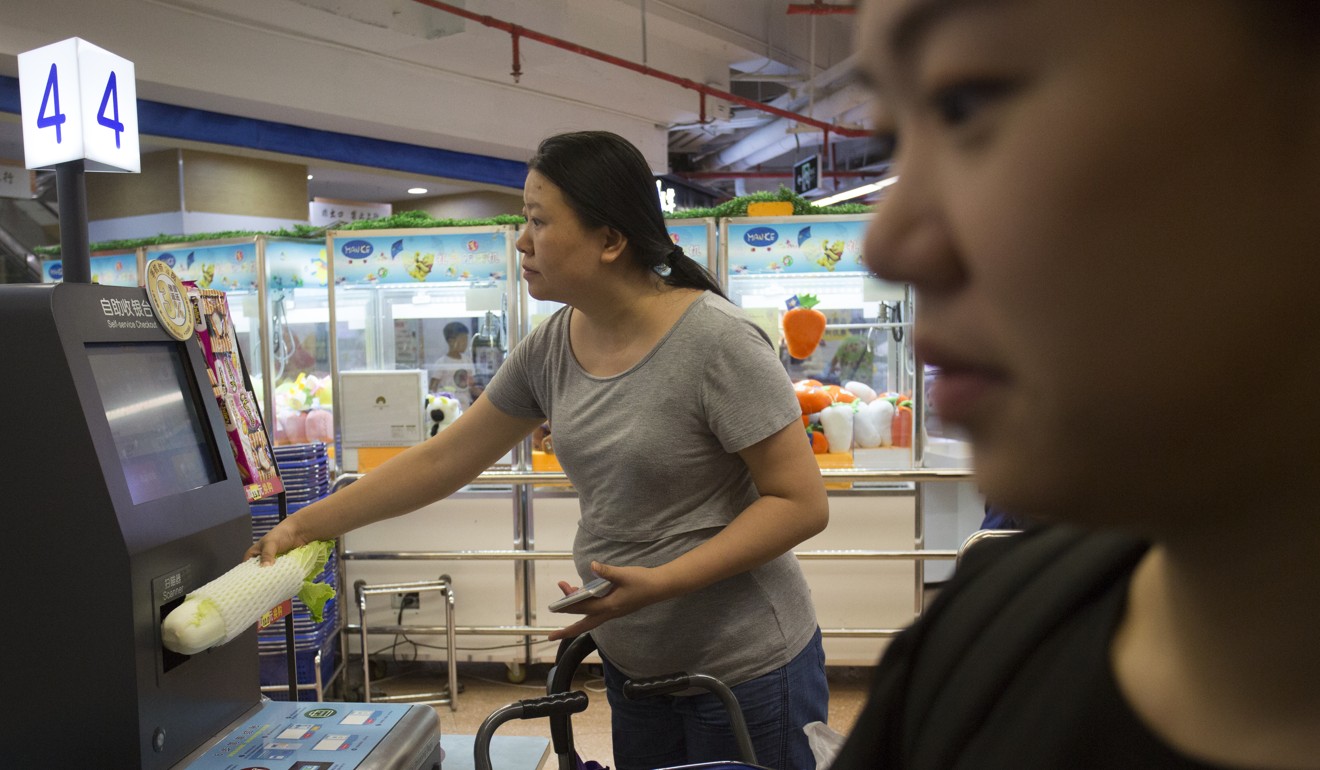
Yeung has also joined Sesame Credit, a credit-scoring service for consumers provided by Alibaba affiliate Ant Financial. She finds herself spending more money using Alipay to obtain a higher credit score, which, in return, provides her with bigger discounts and other benefits.
The convenience of MPS may also come at a cost in terms of privacy, which is often overlooked by users. The systems process enormous amounts of personal information, not just revealing the user’s consumption habits, but also their geolocation, financial records and even medical history.
“The data trail left by users’ transactions at home and abroad can paint a finely detailed portrait of how they spend their money and time. The extent to which Alipay shares such data with the Chinese government is troublingly unclear in light of the wealth of citizens’ data the company has acquired,” write cyber researchers with Citizen Lab at the University of Toronto’s Munk School of Global Affairs in a case study on Alipay.

Hong Kong has privacy laws to protect the personal information of residents collected by mobile apps, preventing the data from being shared with third parties without the consent of the users or obtained by law enforcement agencies without the issue of a court order. In China, where there is no comprehensive data protection law, such rules do not apply.
It is therefore unclear under what circumstances the data collected by MPS will be shared with law enforcement agencies. And since neither Alipay nor WeChat Pay publish transparency reports, it is not known how many requests for data have they received from the government nor how many have they acceded to.
“We will not share any users’ information with third parties without the consent of users,” says a spokesman from Ant Financial Services Group, adding that third parties include other subsidiaries of the Alibaba group.
Users do not seem to be overly concerned. “They collect big data, just like many music-streaming apps recommend playlists according to what you usually listen to. I did not consider whether they would be using the information for other purposes,” says Yeung. “Alipay is just like a bank, which also holds a lot of information about our consumption patterns.”
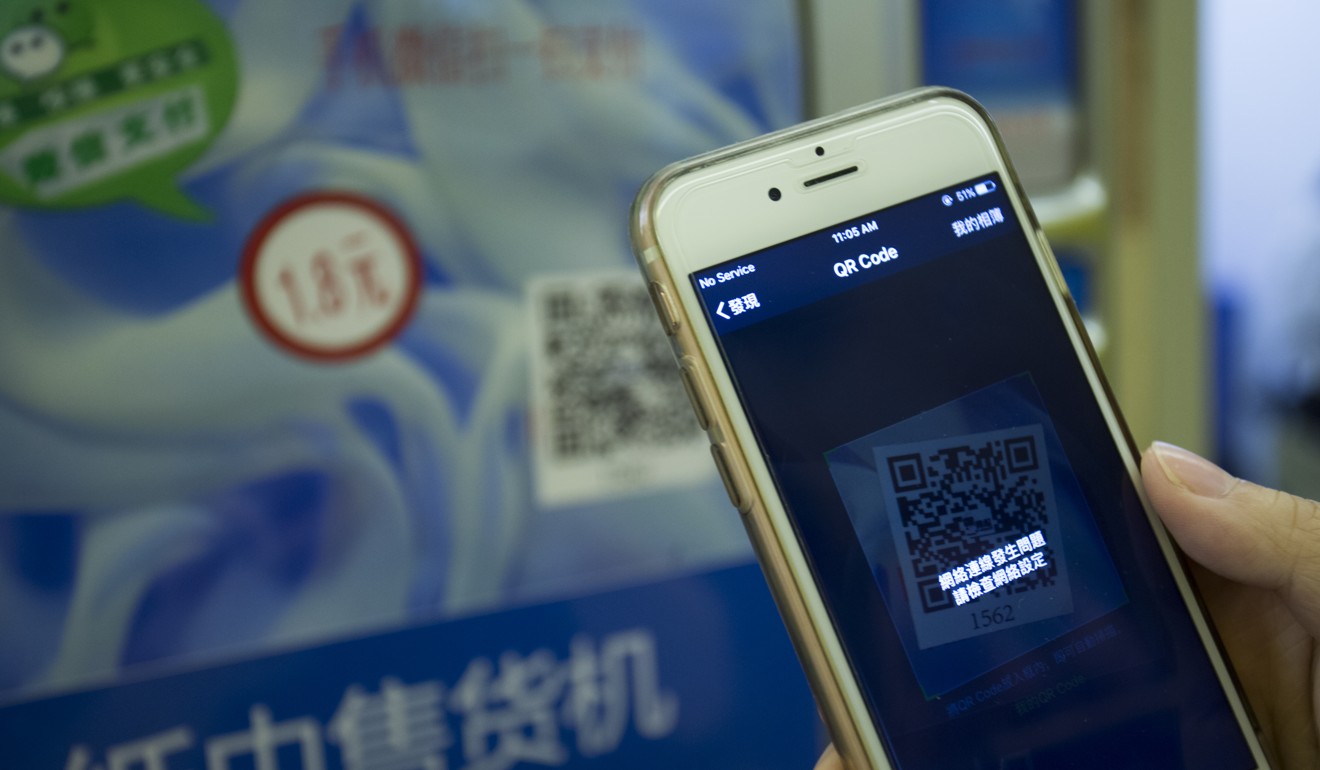
Reasons behind the explosive growth of China’s cashless economy
Total payments made through third-party online payment channels such as Alipay and WeChat Pay reached 38 trillion yuan (US$5.76 trillion) last year, according to China-based consulting firm iResearch. The enormous sum prompted the Chinese government to recently instruct online payment platforms to re-route all transactions through a newly established financial clearing house under China’s central bank.
Most Hongkongers think government lags in promoting e-payment in the city: poll
Several factors have contributed to the explosive growth of the country’s cashless economy. For decades, China was awash in counterfeit banknotes, a problem that has been effectively resolved with mobile payments. The absence of a service charge – usually required for other payment services, such as credit cards or Hong Kong’s popular e-wallet Octopus Card – and the ease of setting up a mobile payment operation mean smaller-scale vendors can easily adopt mobile payment.
The enormous size of the companies behind the payment systems, Tencent and Alibaba have also been instrumental in driving the adoption of the technology. When Tencent’s WeChat introduced mobile payment in 2013, the company leveraged its reach of Chinese internet users – estimated at 355 million per month at the time – to promote use of its virtual wallet. Now, WeChat has close to a billion users, and more than 90 per cent of those in first-tier cities such as Beijing and Shanghai use WeChat Pay.
Alipay started out in 2004 to facilitate e-commerce on Alibaba’s Taobao, and had 400 million users by 2015.
Over the past few years, both companies have also invested heavily in promoting cashless transactions, advertising them as a more modern and environmentally-friendly lifestyle. But the Chinese authorities have called a halt to use of the term “cashless”, stating that it is illegal for vendors to reject cash as a payment as renminbi is the official currency of China.

